Our page ‘On Wings Of Eagles’ Operation is part of a project that looks at the Jews of Yemen whose history, in this area, dates back for thousands of years.
Also in the Jews of Yemen Docuweb:
 Jewish Scholars
Jewish Scholars
of Yemen
________________
 When did the Jews
When did the Jews
Arrive in Yemen?
________________

Yemenite Jews &
American Colony
________________
 Relations with
Relations with
their Local Neighbors
________________

Operation 'On Wings
of Eagles'
________________
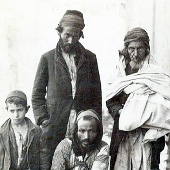 Early Immigration
Early Immigration
________________
 Customs, Culture and
Customs, Culture and
Folklore
________________
 Kinneret and Yemenite
Kinneret and Yemenite
Pioneers
________________
 Links with
Links with
Other Jewish Centers?
________________
 Personal Stories
Personal Stories
________________
 A Brief Background
A Brief Background
About Yemen
________________

Missing Children
Affair
_______________
| Operation ‘On Wings of Eagles’
‘On Wings of Eagles’ was a covert operation to save the Jews of Yemen and bring them to Israel. The full operation started in December 1948 and continued through to September 1950.
During the project about 50,000 Jews were flown from Aden, Yemen, on more than 380 flights. They joined an already existing community of about thirty-five to forty thousand Yemenite Jews who had arrived in Palestine prior to the creation of the State of Israel.
By the end of the ‘On Wings of Eagles’ operation a few thousand Jews remained in Yemen, but the majority of them left throughout the following years. Currently it is believed that only a few dozen families are still there.
The operation was a joint venture of the newly established Israeli Government, the American Jewish Joint Distribution Committee (the JOINT), and the Jewish Agency.
It was unofficially approved by the British and the Americans
Navigator Elgen Long tells the story of his personal experience of the operation to rescue the Jews of Yemen
Why was it so urgent to rescue the Yemenite Jews in 1949?
Political changes, military confrontations, economic processes that undermined the traditional infrastructure, and natural disasters were some of the parameters that answer this question.
A UN resolution in November 1947 recommended the division of Palestine into independent Jewish and Arab states. This intensified hostility against Jews in Aden / Yemen and other Arab countries, triggering pogroms against the Jews.
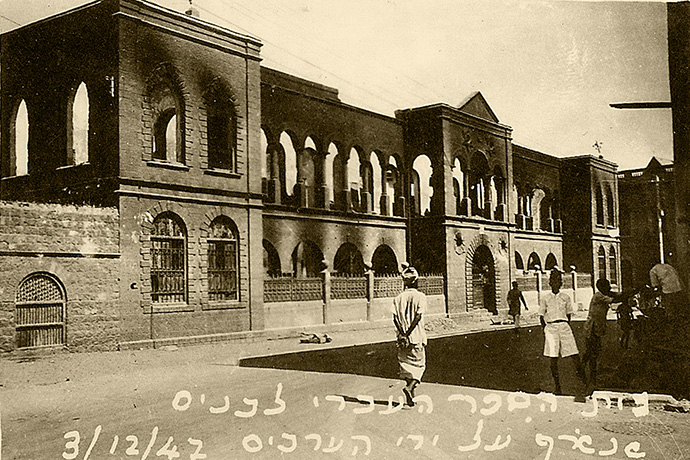
In 1948 Imam Yahya was murdered in Sana’a by political opponents. This ended the long period of relative safety that the Jews experienced in Yemen since he took over in 1904. After the assassination, Jews were exposed to aggression that was orchestrated by Yemenis and, in many cases, stimulated by Palestinian Muslims who had left Palestine during a state of unrest.
Unlike his father, the new Imam Ahmad had difficulty to enforce the level of order that was needed in Yemen. But he had a positive approach towards the Jews and was convinced to let them leave the country. The Jewish organizations identified the opening window and initiated the covert operation that later was known as the ‘On Wings of Eagles’ operation.
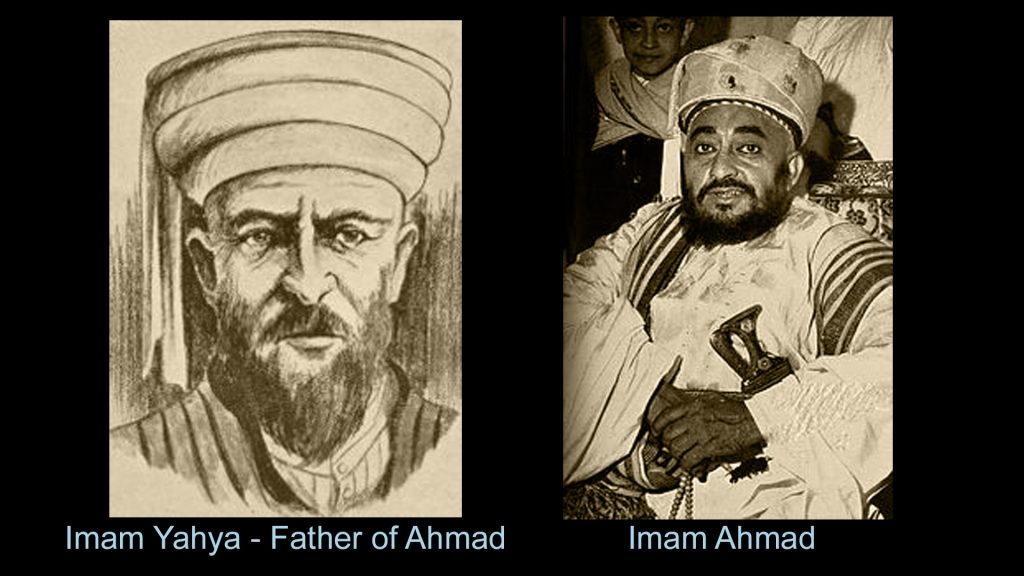
How was the Operation Done?
The Challenge
The Jews of Yemen lived in many hundreds of towns and villages throughout the country, mainly in the highlands. Topography was difficult. In order for an operation of this nature to occur there was a need for an infrastructure involving communication, emissaries, logistics, security along the roads, transportation and more.
A Small Trickle Gives Way to a Large Stream
Waves of immigration to the land of Israel started already in the eighties of the 19th century for political and religious reasons and gradually became more organized with time.
The waves continued, with ups and downs, throughout the years until 1948. But the ‘On Wings of Eagles’ operation was of another scope completely. There were a few dozens of thousands of people who needed to be rescued from a vast area of land, in a hostile environment, during the limited window of time that was opened by Imam Ahmad’s decision.
Moshe Oshri tells his personal story: His father died at the age of seven and his grandfather adopted him. At the age of twelve, he fled with his family from their village in an effort to reach Israel…
” We took the essentials … I took the books…my grandfather trusted me… I do not know how I carried them …walking for 40 maybe 50 kilometers with the books until we reached the meeting point… only G-d knows…”
Conditions for Permission to Leave Yemen
Imam Ahmad, who gave the permission for the Jews to leave Yemen, had a condition. Jews can leave Yemen he said, on condition that they sold all their properties.
The permit to leave was given, the order spread quickly among the communities in Yemen and the Jews tried to sell what they owned: land, cattle and everything they could.
Very few were able to get the true value for their property. Many of them just packed their basic belongings and rushed out starting the long journey to Aden, from which, they were told, they would be taken to Israel.
Impediments
Although Yemen was ruled by Imam Ahmad, his control over the different regions in Yemen was not as strong as his father’s. Consequently, the regional governors enforced different regulations on the Jews based on the ruler’s own attitude. Many of the Jews were forced to pay ransom for a permit to leave. Road tax was also enforced on the groups on their way to Aden. Additional taxes needed to be paid while crossing the borders of each regional zone.
Local Muslims, influenced by the attitude of their rulers, refused in many cases to buy Jewish property or would pay only a symbolic sum for it. Some of them refused to pay their debts owed to the Yemenite Jews.
Rescue Plans and Actions are Initiated
Emissaries were sent to Yemen on behalf of the JOINT, the Jewish Agency and Israel. They organized the Jews and set meeting points that were located days of walking outside of the villages and the cities in order to hide the mission from the local neighbors. From these points they were taken by trucks to Hashed Camp beside Aden which was the final point before Israel.
In other cases individual groups formed and started the journey on their own, hiring local guides who often robbed them during the trip, leaving them penniless along the way.
Many did not make it to Aden. Many others succeeded, but arrived weak, sick, hungry and without belongings.
Rina Raibi, at the age of 105, describes for us her journey with four other families to Hashed camp: On the way they were forced to stop at the city of Jibla. She tells the story of her experience with the wives of the Sheikh….
“We had nothing to grind our wheat…We went to the Arab women and asked if we could grind our wheat…they said no…finally I came to a house that was Marmara Marble…I thought maybe this will be my chance…”
Individual Attempts to Leave Yemen
Along side the movement of organized communities, there were also many individuals who managed to cross the border between the Turkish controlled areas and Aden, which was held by the British. They faced frustrations on the way and sometimes conflicts with authorities. From Aden they hoped to continue their journey to Israel.
The young and restless Yeshayahu Zadok, son of rich goldsmiths from Sana’a, tells his personal story of three unsuccessful attempts to cross the border to Aden….
“First I ran away with one of my friends toward a village that had no telegrams in order not to be caught….
On my third attempt, I fled to Taiz. This was after the assassination of the Imam. We were accused of a crime and arrested…. ”
Hashed Camp
Hashed camp, that was located beside ‘Sheikh Othman’ town in Aden district, was originally a British camp during the 2nd World War.
The camp was first rented in 1947-8, from the governorate of Aden by the JOINT Distribution Committee which was responsible for the operation. It served as a passage point for the immigrants to Israel at that time. In 1949-50 it was rented a 2nd time as a station during the ‘On Wings of Eagles’ operation.
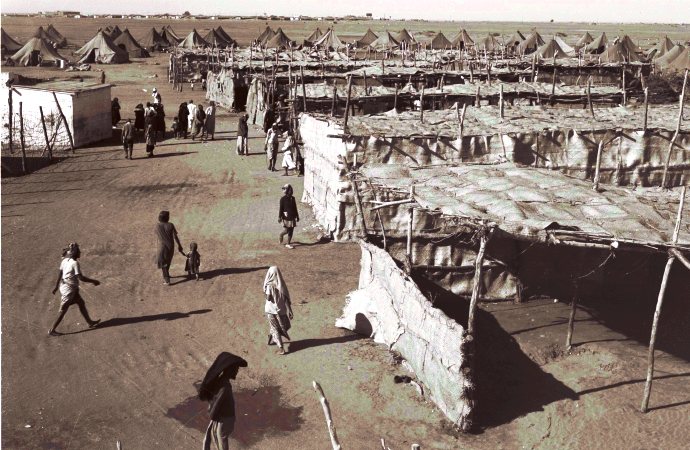
The Operation Expands Beyond Expectation
The original plan was to bring about 20,000 people gradually. However, rumors about the forming operation spread quickly throughout Yemen and thousands more started their journey towards Aden.
The camp was not set for the extensive waves of people who arrived. There was a lack of means and experience, unskilled management and administration, gaps in communication due to different cultures, and various reports of theft. All of this resulted, within a few months, in the replacement of the camp manager and of some of the workers.
The camp, later renamed ‘Geula (deliverance) camp’, was a mixture of a few buildings, many tents and huts. Whenever a group arrived it was directed to a reception hut where they rested and received a meal. Then they were directed to showers, received a first set of inoculations, and their medical cards, food cards, clothes and blankets. Until the 10th day they held a red card which was replaced with a white one the moment they received their 2nd inoculation for Typhus.
The camp contained a staff of about 50 people including 5 doctors and 26 nurses. The core staff was aided by a group of varied individuals made up of local workers, English administrators, Israelis (Sabres), JOINT members and new Israeli immigrants from different countries. As the Yemenite Jews arrived they were provided with guidance about basic personal activities as well as codes of communication with the administration.
The camp included many dedicated people who performed an important role in the rescue of the Jews of Yemen.
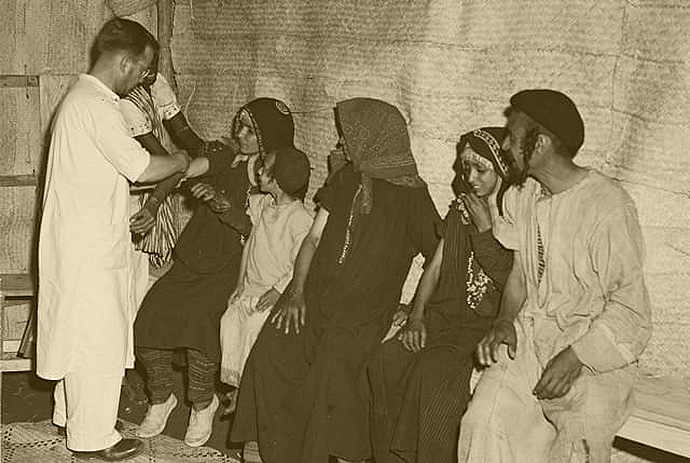
Exodus on Wings of Eagles
The thousands of Yemenite Jews who arrived in Aden needed to be evacuated quickly.
Using trucks along routes inland or going with boats along the Red Sea was not an option since the Arab countries involved would not allow it. Taking the route around South Africa was too long, complicated and dangerous.
The only option left was by air. But airplanes were short in number, and aviation fuel was scarce. Israel needed every drop of it for the war efforts. The British, who controlled Aden – the only place from which the Yemenite Jews could have been evacuated – would not make fuel available. On top of that, Israeli airplanes were not permitted to fly over air space of Arab counties.
In order to overcome these problems the JOINT Distribution Committee, together with El Al, came up with a ‘work around’ covert operation. In January 1949, a charter operation under Alaska Airlines was commissioned to begin an evacuation of the Jews in Aden. Shortly after this, additional airplanes with markings of Near East Air Transport and some with Cia. Cubana de Aviacion ‘CU’ joined the operation.
Fuel supplies were eventually located in Asmara, Ethiopia, which meant that “flights had to fly a triangular route of some 2,600 km (1,600 mi): from Lod Airport (Israel) southwest to Asmara for fuel; then east to Aden to pick up the Yemenites; and then back the same way to Israel”1.
1 http://www.israelairlinemuseum.org/chapter-2-el-al-to-the-skies-the-dc-4-era/
The blessing is tainted by instances of lack of good faith
This operation, important and blessed as it was, left some of the Yemenite Jews with a sense of loss and bitterness. They were asked to leave behind personal belongings that included hand crafted gold and silver jewelry and, more important to them, their ancient holy books. They were told to go into the airplanes without them and were promised that these belongings, packed and marked, would be sent later by planes or ships to Israel and that they would receive them there.
In most of the cases this did not happen and the books and jewelry found their way to antiquities merchants, museums and universities around the world. With the strong ties to their history and religion, this was a severe blow for these families; a blow that was intensified later when they discovered the final destination of their heritage.

First Steps Towards Integration
Among the 900,000 Jews who left Arab countries throughout the years, 2/3 of them ended up in Israel. The Yemenite Jews formed a distinct group that was known for its unique adherence to ancient customs and language of the Jewish people.
The young country faced tremendous existential problems on top of those that were involved with the absorption of the waves of immigrants that flooded into the country between 1948 and 1954. Arab countries were hostile and 5 of them engaged in war against Israel in 1948. Most of the limited funds of the new country were channeled to defense.
There were not enough resources to supply the needs of the new population with infrastructure, accommodations, food, work, education, health and more. Lack of professional administration and qualified personnel was also a problem.

The newcomers had to adjust themselves to the minimum; this was also true for the Jews of Yemen. Upon landing they were sent to tent camps mainly in the center of the country. From these camps many were moved to dozens of agricultural villages across the country. There they received guidance in their new occupation as farmers. Some other families settled in the cities where their relatives had set an anchor during previous waves of immigration.
The process was not smooth and did not flow without obstacles and hardships that still have their impact until today.